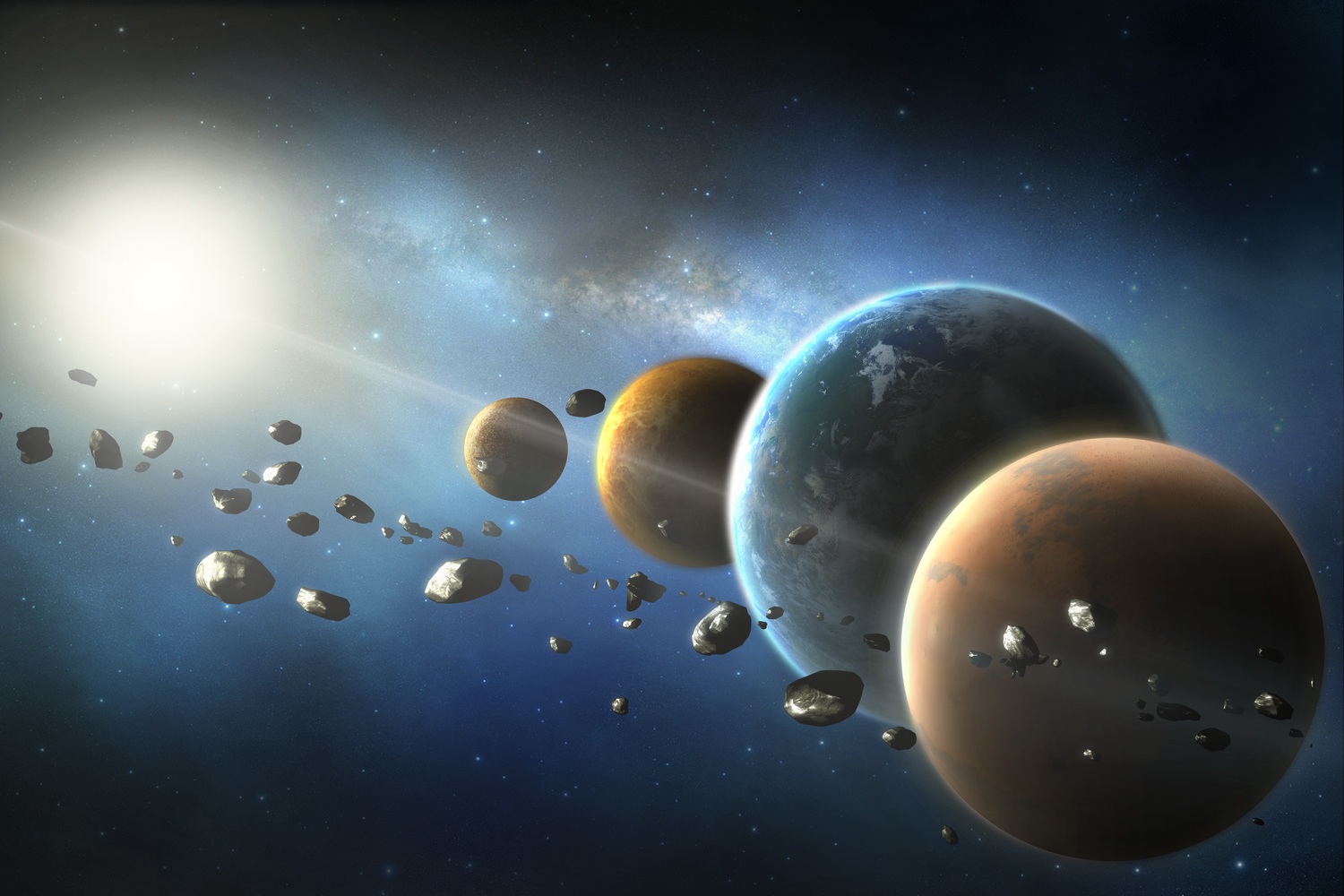Already for some weeks, we had heard that NASA would provide humanity with an extremely relevant message. This announcement is directly related to the discovery of new exoplanets, which are outside the Solar System in which we live.

A space telescope called Spitzer found a new system with seven Earth-sized planets. In addition, scientists say these exoplanets are relatively close to our planet, because they are 40 light years and revolve around the star TRAPPIST-1.
According to NASA information, three of these exoplanets are in a habitable zone and could have oceans of water on the surface, which would lead us to immediately assume the possibility of that solar system had life. So far, it is the most promising field to analyze if there is life beyond what we know.
These found planets have a size and a mass very similar to the one of the Earth. This new system represents crucial advantages for analyzing its atmosphere and looking for chemical combinations indicative of biological activity.
So far, researchers assume that the surface of all the planets of the new solar system discovered is rocky. They even believe that the seventh planet, of which they do not have enough details, could be an extremely frozen snowball. In addition, something important to emphasize is the fact that the planets keep a greater proximity between them and its sun than Mercury of ours.
Similarly, NASA claims that the planets are so close to each other that if we inhabit any of them and look at the sky, we could observe clouds of neighboring planets. The first three planets near the sun, according to scientists, could not harbor life as we suppose or like ours because of the high temperatures that would evaporate their oceans. The next three could have the right temperature to be in the liquid state.
Investigations will continue to identify if there is any atmosphere on these planets, but probably until next year there will be more information about this fascinating news event that would change the whole course of our existence. So far, it has been identified that the sun of the new solar system presented fluctuations of light and reflexes provoked by the planetary movements when passing in front of the star TRAPPIST-1.














